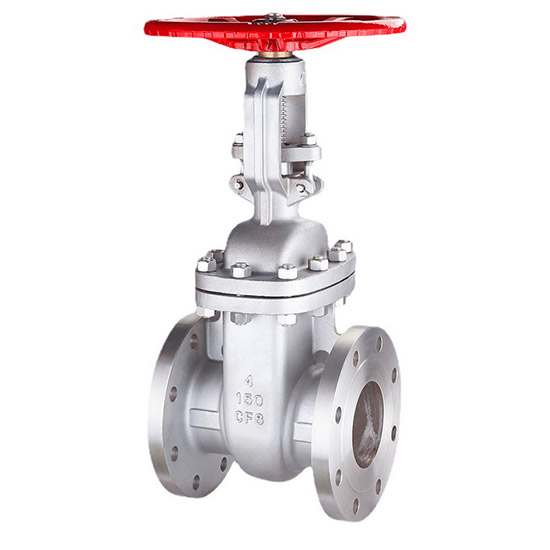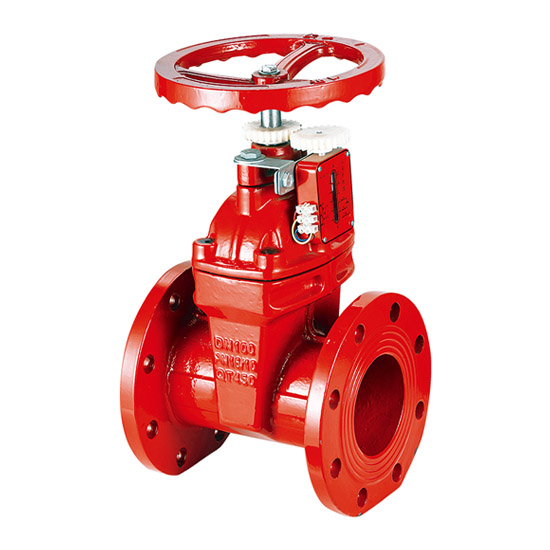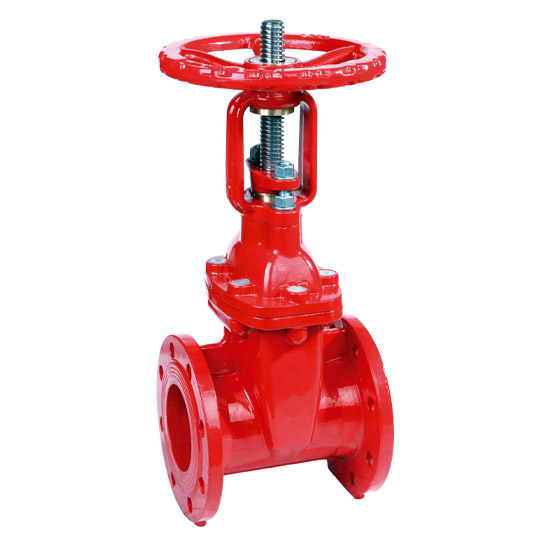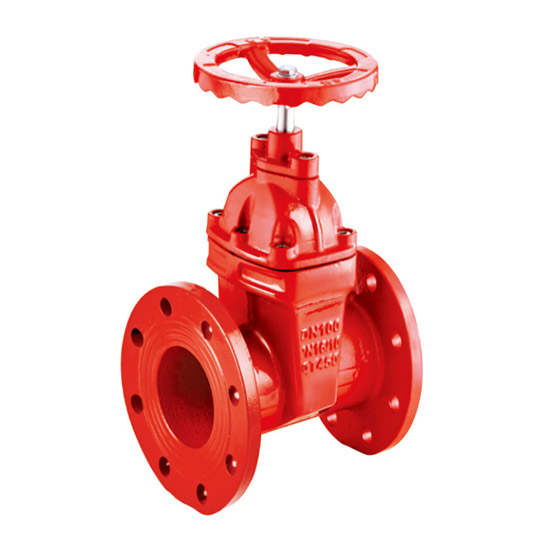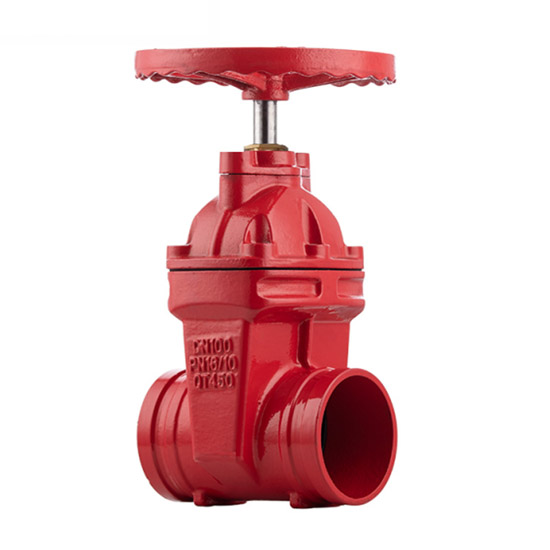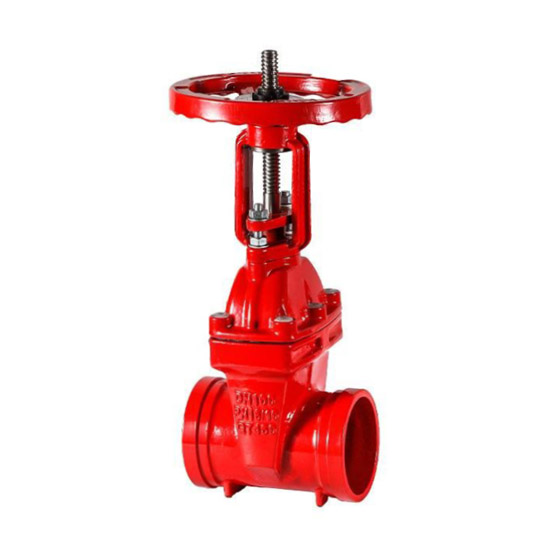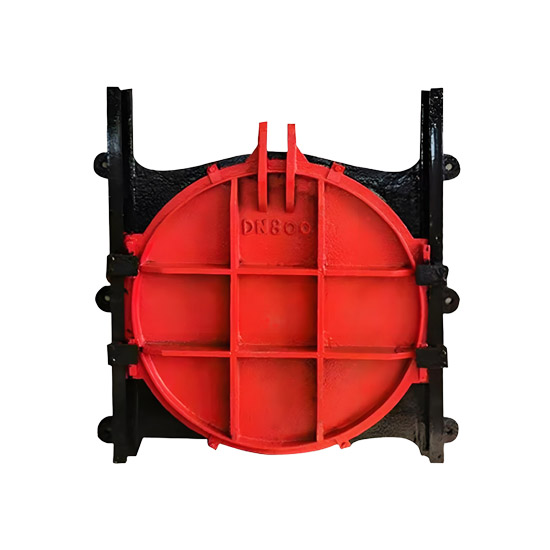I. Product Overview
The API Standard Wedge Gate Valve is a shut-off valve designed in strict accordance with API 600, API 6D, or ASME B16.34 standards. It controls the flow of media by vertically raising or lowering a wedge-shaped gate along the stem. Key features include:
• Wedge-Type Sealing Structure: The sealing surfaces of the gate and seat are angled (typically 5°–8°). When closed, the gate is forced into the seat by external torque and further sealed by medium pressure, ensuring zero leakage under high temperature, high pressure, and severe wear conditions.
• Metal-to-Metal Hard Sealing: Sealing surfaces are typically made of Stellite alloy, tungsten carbide (WC), or hardened stainless steel overlay, suitable for demanding media such as steam, oil, natural gas, and acid/alkaline solutions.
• Rising Stem Drive System: The stem moves with the gate and is fully exposed (trapezoidal thread drive). The number of handwheel turns intuitively indicates valve opening (fully open → stem at top; fully closed → stem at bottom).
• Bidirectional Pressure Adaptability: No strict flow direction requirement (body arrow is for long-term reference only), suitable for complex pipelines with variable flow directions.
• Flanged / Butt-Welded Connection Design: Commonly uses ANSI B16.5 flanged ends (RF/RTJ sealing faces) or ASME B16.25 butt-welded ends, ideal for petroleum, chemical, and power systems.
II. Model and Coding System
Example: Z41Y-300LB
• Z: Gate valve type • 4: Connection type (flanged; alternatives: welded – Z61Y, threaded – Z11Y) • 1: Structure type (single wedge gate with elastic compensation; double gate – Z42Y) • Y: Sealing surface material (Stellite alloy hard seal; alternatives: H – stainless steel overlay, X – rubber soft seal) • 300LB: Pressure rating (Class 300, equivalent to 5.0 MPa) • Body Material: Default is WCB carbon steel if omitted; optional materials include CF8 stainless steel, WC6 chrome-moly steel, LCB low-temperature steel
Other common models:
• Z941Y: Electric actuated type • Z641Y: Pneumatic actuated type • Z40Y: Socket weld end (requires matching flange) • Z41W: Stainless steel body seal (non-alloy sealing surface)
III. Main Technical Parameters
1. Pressure Ratings and Test Standards
• Nominal Pressure (Class): – Class 150 (PN20) – Class 300 (PN50) – Class 600 (PN100) – Class 900 (PN150) – Class 1500 (PN250) – Class 2500 (PN420)
• Strength Test Pressure: 1.5×Rated Pressure (≥15 min pressure holding without deformation or leakage; e.g., Class 300 = 7.5 MPa hydrostatic)
• Sealing Test Pressure: 1.1×Rated Pressure (≥15 min bidirectional pressure holding without leakage; e.g., Class 300 = 5.5 MPa air/water)
• Test Standards: Strictly comply with API 598 (Valve Inspection & Testing), ASME B16.34, or GB/T 13927 to ensure long-term sealing and structural integrity
2. Applicable Operating Conditions
• Operating Temperature: – Standard stainless steel overlay: -29℃ ~ +425℃ – Stellite alloy sealing surface: -29℃ ~ +550℃ (custom options up to +650℃)
• Applicable Media: – Water (including particle-laden wastewater) – Steam (superheated/saturated) – Crude oil / heavy oil – Natural gas – Nitric acid, acetic acid, urea solution – Sour gas (requires NACE certification)
• Body / Bonnet Materials: – Carbon steel (WCB) – Stainless steel (CF8 / CF8M) – Chrome-moly alloy steel (WC6 / WC9) – Low-temperature steel (LCB / LCC)
• Gate / Seat Sealing Surface: – Stellite 6 (HRC45–50) – Hardened stainless steel (13CrSTL, HRC38–42)
• Stem Material: – Nitrided stainless steel (2Cr13, quenched and tempered, anti-scuffing and corrosion-resistant) – Chrome-moly steel (for high-temperature service)
• Packing Seal: – Braided flexible graphite (for high-temperature steam) – Reinforced PTFE (high chemical compatibility)
3. Structural Dimensions
• Nominal Diameter: DN25~DN1500 mm (larger sizes customizable) • Flange dimensions and face-to-face length strictly match ASME B16.10 or EN 558 • Full bore flow path with near-zero flow resistance coefficient
IV. Core Structure and Operating Principle
1. Wedge-Type Sealing Mechanism
• Wedge surface pairing: Gate and seat use materials with differential hardness (seat slightly harder), e.g., Stellite seat + hardened steel gate, reducing scuffing risk
• Bidirectional sealing:
– Self-sealing: High-pressure medium pushes the gate tightly against the downstream seat (optimized outlet sealing)
– Forced sealing: External torque (handwheel / actuator) wedges the gate into the seat, ensuring reliable sealing under low pressure or bidirectional flow
• Elastic compensation: – Single elastic wedge gate includes a central deformation allowance (~0.1 mm) to adapt to thermal expansion/contraction or installation deviation – Rigid double gate uses spherical top pin to automatically adjust gate spacing and compensate for long-term wear
2. Rising Stem Drive System
• Visual opening indication: Exposed stem length directly reflects gate position (fully closed → stem retracted; fully open → stem at top)
• Trapezoidal thread drive: Handwheel rotation converted to linear stem motion via nut; efficient and low-torque (worm gear mechanism used for DN ≥300 valves)
• Triple sealing protection: Stem packing chamber includes braided flexible graphite + metal bellows ring, significantly reducing leakage risk under high-temperature steam
3. Opening and Closing Process
• Opening: Counterclockwise rotation of handwheel raises stem, gate lifts off seat, flow path fully opens (flow resistance coefficient ≈0.1)
• Closing: Clockwise rotation lowers gate to seat, wedge surface forced into position + medium pressure self-tightening ensures zero-leakage shut-off
• Thermal expansion compensation: After full opening, reverse 1/4–1/2 turn to prevent stem lock-up due to temperature changes (especially in high-temperature steam service)
V. Technical Standards
1. Compliance Standards
• Design Codes: – API 600 (Steel Flanged / Butt-Welded Gate Valves) – API 6D (Pipeline Valves for Petroleum Industry) – ASME B16.34
• Test Standards: – API 598 – GB/T 13927 – BS 6755 (Fire-Safe Compliance)
• Connection Standards: – ANSI B16.5 (Flanged Ends) – ASME B16.47 (Large Diameter Flanges) – ASME B16.25 (Butt-Weld Ends)
• Special Certifications: – NACE MR0175 (Sour Service Resistance) – ATEX (Explosion Protection) – CRN (Canadian Pressure Vessel Registration)
Hot Tags: Gate Valve /


